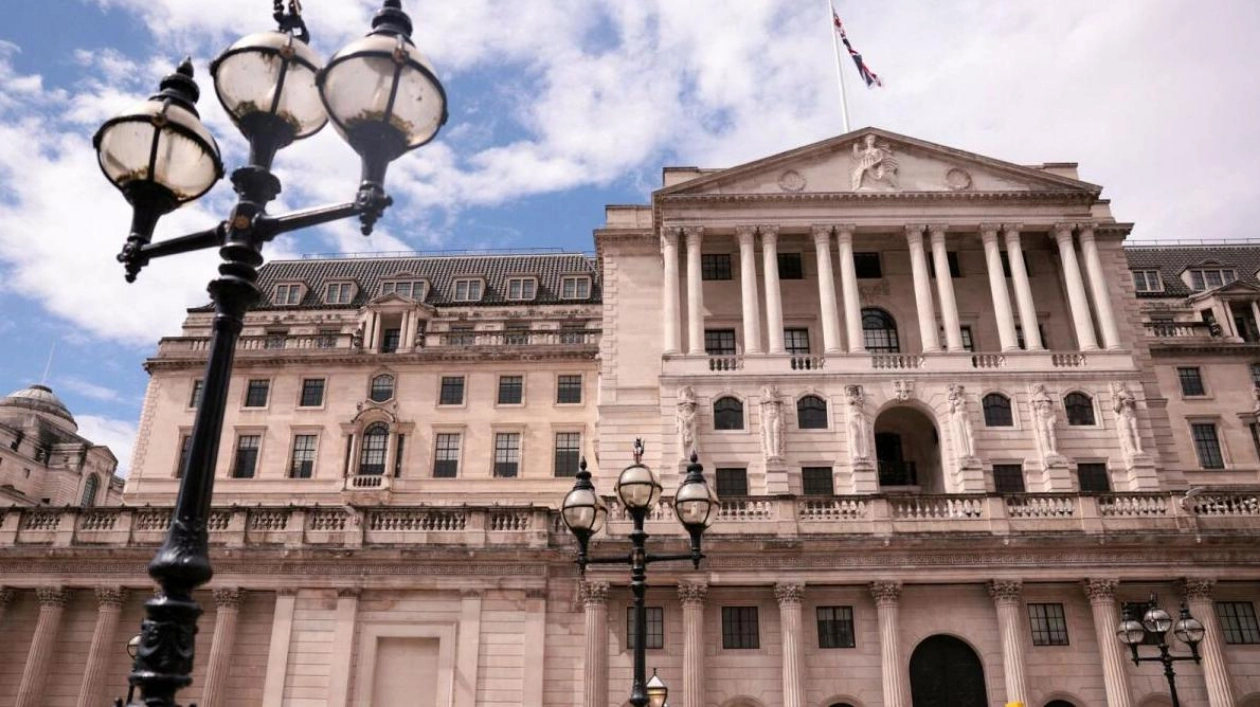This week's decisions by major central banks have brought the end of pandemic-era monetary policies closer, highlighting the long journey back to normalcy as officials explore the endpoint for interest rate cuts and manage the unwinding of substantial balance sheets. On Thursday, the Bank of England reduced its policy rate to 5.00% from 5.25%, joining the European Central Bank, Bank of Canada, and others in easing tight monetary policies implemented to combat global inflation exacerbated by COVID-19 supply chain disruptions and increased government spending and consumer demand. This inflation surge has largely receded, and interest rates are expected to decline, with the U.S. Federal Reserve preparing for its first rate cut in September.
In a policy statement, the Fed expressed equal concern for safeguarding the job market and managing inflation, which is now slightly above its 2% target. Fed Chair Jerome Powell indicated that rate cuts could commence in September if economic conditions align with expectations. "If inflation continues to decline... in line with forecasts, growth remains robust, and the labor market stays consistent with current conditions, then a rate cut could be considered at the September meeting," he stated.
Only a few months ago, the common exit from high inflation and interest rates was uncertain, especially when U.S. inflation unexpectedly rose at the start of the year, delaying the Fed's anticipated pivot towards lower borrowing costs. However, this does not guarantee that the Fed, BoE, BoC, and ECB fully understand the future path, particularly the speed and extent of rate cuts. The ECB is actively debating this, with President Christine Lagarde noting that the September meeting is "wide open," and several policymakers hinting at further cuts if data meets expectations. In Canada, the BoC is now supporting an underperforming economy, with expectations of a third consecutive rate cut in September. In the U.S., rate futures markets are considering the possibility of a half-percentage-point rate cut by the Fed's next meeting, rather than a smaller reduction.
Post-pandemic, economists anticipate higher trend inflation, less integrated global markets, and significant government debt. These factors suggest that central banks may need to maintain higher rates than before the pandemic, limiting their scope for cuts. BoE Governor Andrew Bailey emphasized the need to keep inflation low and cautioned against cutting interest rates too rapidly or excessively. The Bank of Japan is also adjusting its policies, raising rates this week, indicating confidence in its aggressive central banking approach, which has steered the country away from stagnation and deflation risks.
Powell noted that the recent rise in the U.S. unemployment rate nearly aligns with the Sahm Rule, a common indicator of recession. Despite this, U.S. Treasury yields, which have been signaling a recession risk, contrast with strong growth, consumer spending, and a low unemployment rate. Powell believes the current risk of a downturn is low, given the numerous economic norms that have been challenged during the pandemic. Thus, the first rate cut marks the beginning of a complex journey for central bankers as they adapt their policies to an uncertain economic landscape.






